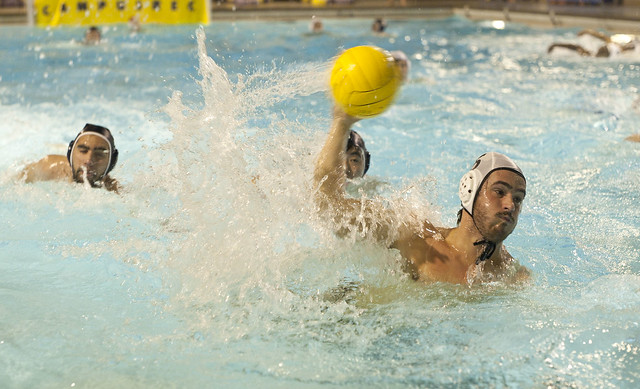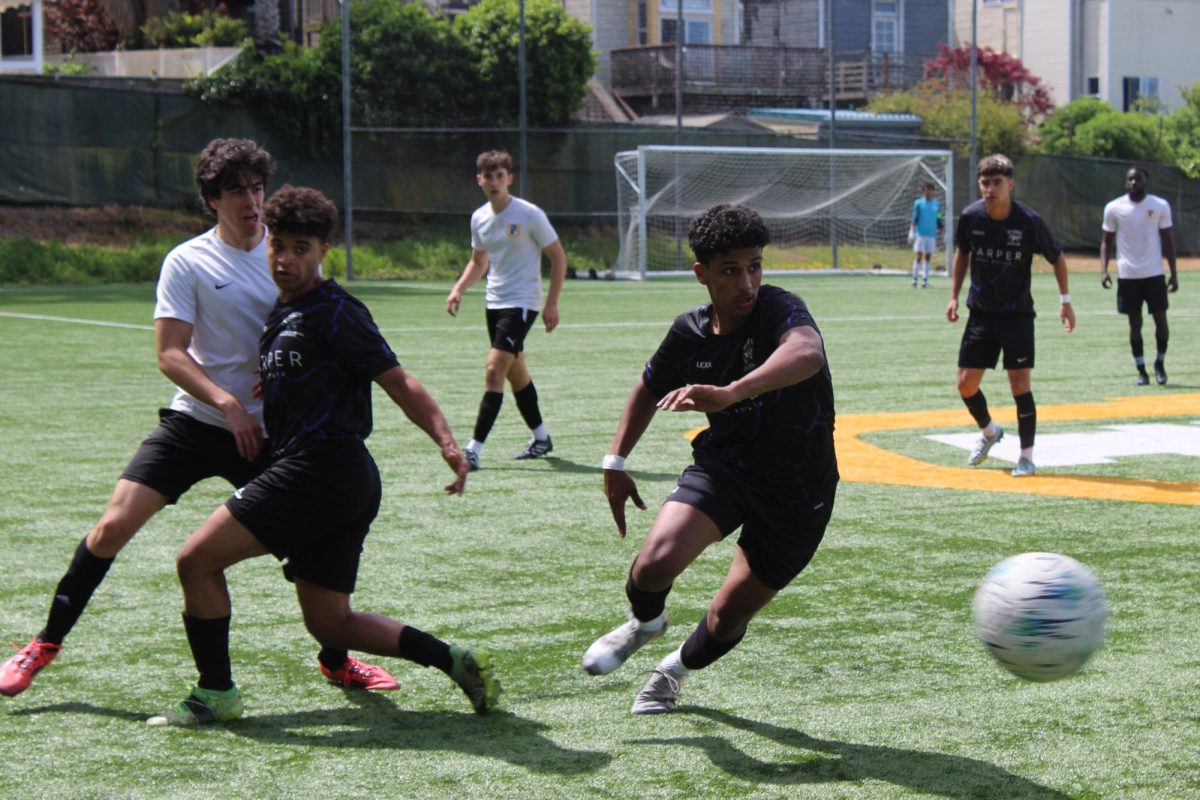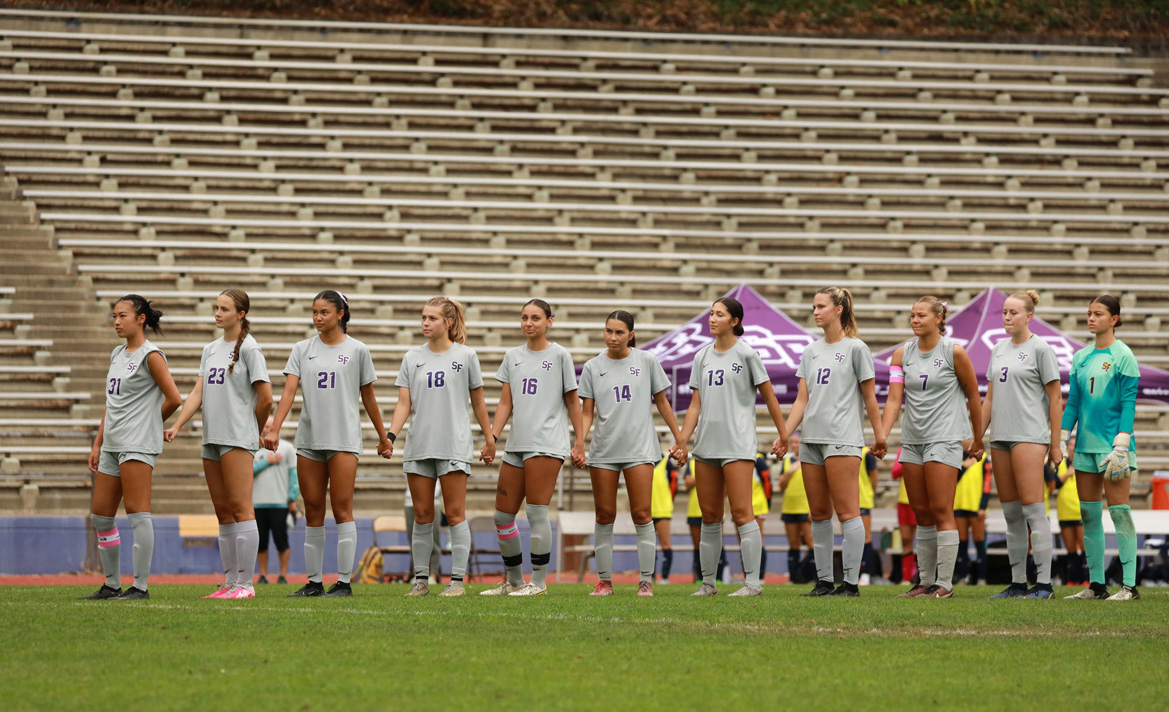
Many club sports at SF State are struggling to maintain regular practice spaces and must now devise ways to function with insufficient money.
President of the ice hockey club, Andrew Bensch is looking forward to returning to the ice, but money has become the ultimate barrier for his team. With no money flowing into the club, Bensch and his teammates will have to take a hiatus and start up again in late October or early November. Their small budget mostly goes to scrimmage time.
“We can hardly afford to play games,” Bensch said. “It’s just supply and demand and upkeep of ice. Paying to use ice is just expensive. We know we can’t afford practice time.”
University sports clubs are only allowed a budget of $500 each semester. The campus recreation department provides half of the necessary funds, with the other half provided by Associated Students, Inc. For the SF State ice hockey team, this means only having enough money to play one game a week. Players must pay the rest out of their own pockets.
Bensch’s next plan for the club is organizing fundraisers to pay for this semester’s fees. He also hopes new members will cut costs down.
“Just to find a new rink to play at since the last one wasn’t organized very well and to keep growing the team,” Bensch said. “The more players we have, the less each of us have to pay.”
Other clubs interested in expanding have trouble using all allotted funds.
Kempo karate is one of the smaller clubs on campus with only four core members, but that doesn’t stop them from practicing. The club recruits in the fall and can add up to 20 new members, which will increase competition costs.
Since joining as a freshman three years ago, club president Cristian Saucedo admits the club doesn’t use its money every year, but wishes they could keep the money and use it during other semesters.
After two years of building skills and increasing belt ranks, the team is finally ready to compete. Extra funds left over from previous semesters that they were not able to use in the past, would help them pay various competition fees.
“I would love rollover! Especially if we haven’t used it in the past and I know for the last few years we haven’t really,” Saucedo said. “If that could be taken into consideration, I would love for it to rollover.”
Sparring equipment like shin pads, forearm protection and face cages could add up to $100 per person not including entrance fees. After adding in traveling costs, the club has had to look into fundraising to cover extra costs in the future.
Money is a bigger problem for some of the larger clubs on campus. Ben Diaz, president of the men’s water polo club, is looking to expand his team even further but feels that a lack of funds has limited their ability to gain recognition.
“I think the problem is that a lot of people know about (the teams), especially water polo, but they aren’t able to go at night because they have night classes. Aside from advertising and putting the word out there they need to be able to go,” Diaz said. “I’m sure that’s the same for a lot of other clubs too.”
The team uses social media to attract new members. It has a website and uses Facebook to reach out to its 43 members.
Expansion plans include the team joining tournaments and setting up scrimmages. This semester the club plans on setting up scrimmages against UC Santa Cruz and UC Berkeley.
Playing in tournaments involves transportation and entrance fees, which can add up to $200 a weekend. Along with registering the club with the USA Water Polo Association, another $100 fee, the men’s water polo team could easily pass the $500 club limit.
Since academics are the number one priority for most students, club sport athletes don’t always get the attention they feel they deserve.
“It really needs to start from the top. Once our school gets enough funding then there will be more teachers, more classes, class sizes can go down and more availability for students,” Diaz said. “Then everybody can go to these clubs.”
University President Leslie E. Wong is confident that SF State is on its way to improve athletics.
“It doesn’t matter whether it’s existing sports or new sports. The coaches and athletic administration will work closely with me so we can achieve some goals long overdue,” Wong said. “Building awareness, support, excitement and attendance is the heart of these goals.”







